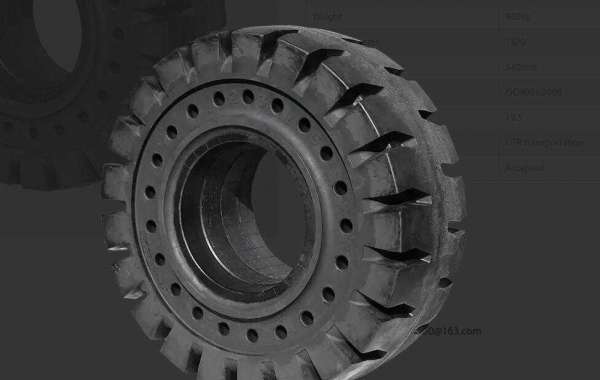Tires have evolved from solid without a pattern to radial with a pattern, from being able to roll to various performances today, and the performance of tires has also developed from the initial single, incompatible situation, to the current comprehensive development. The development speed of tires is far beyond our imagination. I believe everyone must have heard such a sentence before, "The better the handling performance of the tire, the worse its quietness", but this is already a thing of the past.
If you want to understand why there was such a view before, you have to start with the handling and quietness.
When it comes to handling, it means vehicle handling. There are certain differences in the cognition of vehicle handling in China and Europe and the United States. Common car owners in my country believe that handling includes vehicle power acceleration performance, drivability, steering, extreme handling, comfort, and braking performance, while in Europe and the United States, handling is considered to include steering and extreme handling.
The so-called steering refers to the reaction of the vehicle after the driver turns the steering wheel during daily driving. This response includes changes in the pointing of the front of the vehicle, changes in the vehicle's lateral movement, etc. In layman's terms, vehicle steering sensitivity refers to where to hit.
The limit control refers to the reaction of the vehicle and the feedback to the driver when the vehicle reaches the limit area, such as tail flick, drift, sideslip and so on caused by understeer and oversteer.
Steering and tires are closely related in daily driving without considering extreme handling. The tires provide the vehicle with great grip. If the tires slip during the steering process, it is likely that the tires have insufficient adhesion. Of course, the road is wet or the speed is too fast when cornering. Low adhesion is still the most influential reason.
It is easy to understand the quietness, which is aimed at the treatment of tire noise to achieve the purpose of reducing tire noise. Generally speaking, the tire material with good quietness is soft, and the pattern is asymmetrical. For example, the German Continental TCGOLD adopts a frequency conversion noise reducer and a closed shoulder design, which greatly reduces tire noise and improves driving comfort.









